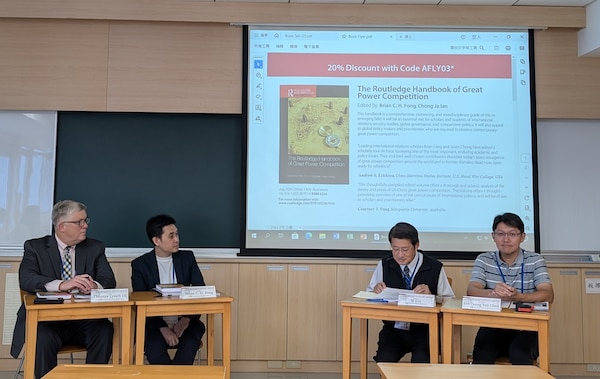Soutěže slevové akce
In today’s competitive marketplace, promotional events, particularly discount competitions, play a critical role in attracting customers and boosting sales. This article aims to explore the various types of promotional discount competitions, their benefits, and how businesses can effectively implement them. By the end of this article, readers will gain insights into creating successful discount competitions that engage customers while enhancing brand loyalty.
Did you know that businesses can increase their sales by up to 30% during discount events? This statistic highlights the power of well-structured discount competitions. With this in mind, let’s dive deeper into the core aspects that make these events successful.
Understanding Discount Competitions
Discount competitions are marketing strategies designed to encourage customer participation through various incentives, such as coupons, prizes, or loyalty points. Businesses can leverage these competitions to enhance consumer engagement, clear old stock, or promote new products.
Types of Discount Competitions
- Social Media Giveaways: These competitions encourage participants to engage with the brand on social platforms by sharing, liking, or tagging friends.
- Coupon Distribution: Coupons are distributed either online or offline, offering instant discounts on future purchases.
- Points-based Competitions: Customers earn points for purchases which can later be redeemed for discounts or prizes.
- Referral Discounts: Encouraging existing customers to refer new customers by offering them both a discount upon successful completion of a referral.
Benefits of Running Discount Competitions
Running promotional discount competitions brings numerous advantages to businesses.
- Increased Foot Traffic: Discount events draw customers to physical stores, boosting in-person sales.
- Enhanced Brand Visibility: Engaging campaigns often result in social media shares, creating organic visibility.
- Customer Loyalty: Rewarding participants increases the likelihood of repeated purchases, fostering customer loyalty.
Implementing Successful Discount Competitions
To effectively execute discount competitions, businesses should follow several key steps.
1. Define Clear Goals
Before launching a competition, it’s crucial to define clear goals. Whether the objective is to increase sales, grow a social media following, or clear inventory, having specific, measurable goals will guide the strategy.
2. Choose the Right Platform
Selecting the right platform can determine the success of your competition. If targeting a younger audience, social media platforms may be more effective. Alternatively, email campaigns could be beneficial for existing customer bases.
3. Create Compelling Offers
The offers should be enticing enough to draw in participants. Consider significant discounts, exclusive products, or unique experiences that captivate your audience’s interest.
4. Promote the Competition
Promotion is vital for any competition to gain traction. Utilize email marketing, social media, and your website to create buzz around the event.
5. Monitor and Evaluate Performance
Once the competition is live, track performance metrics. Monitor participation rates and sales figures to evaluate the competition’s success and adapt future strategies.
Challenges to Consider
While discount competitions can be effective, they also present challenges that businesses must navigate.
Fraudulent Entries
One potential issue is the risk of fraudulent entries, where participants may attempt to game the system. Implementing strict verification processes can mitigate this issue.
Saturation
As more companies adopt discount competitions, the market can become saturated. Differentiating your competition from others can make a significant difference.
Short-term Focus
Businesses must not lose sight of long-term brand loyalty amid the short-term gains that discount competitions can generate. Ensuring a balance between promotional events and regular pricing strategies is essential.
Case Studies of Successful Discount Competitions
Examining successful campaigns can provide valuable insights into best practices for discount competitions.
Case Study 1: A Retail Giant
A well-known retail giant achieved a 25% increase in sales during a week-long discount competition focused on back-to-school products. They utilized social media, email marketing, and in-store promotions to enhance visibility.
Case Study 2: An Online Brand
An online fashion brand launched a referral program that provided both referrers and new customers with a discount. This resulted in a 40% increase in new customer acquisition over two months.
The Importance of Follow-Up
After a competition ends, following up with participants is crucial for maintaining engagement. Send personalized thank-you emails and offer exclusive follow-up deals to keep momentum going.
Conclusion
In conclusion, discount competitions can be a powerful tool for businesses looking to engage customers and boost sales. By understanding the types of competitions, following best practices for implementation, and being aware of potential challenges, companies can create effective campaigns that resonate with their audiences. Don’t forget to continually evaluate and adapt strategies based on performance metrics to ensure long-term success.
As you consider your next marketing event, think creatively about how you can leverage discount competitions to enhance customer loyalty and drive sales. For further insights, check out similar articles on the topic:

